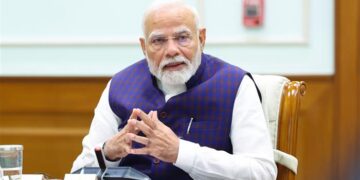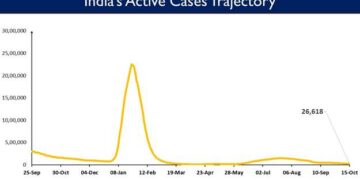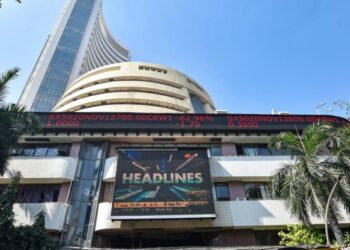With effect from May 1, 2025, the Reserve Bank of India (RBI) has decided to increase the ATM transaction cost from Rs 21 to Rs 23. Additionally, the RBI has stated that the ATM network will determine the interchange fee, which is the amount a bank pays another bank to provide ATM services.
Customers are eligible for five free transactions (inclusive of financial and non-financial transactions) every month from their own bank ATMs, the RBI said. “They are also eligible for free transactions (inclusive of financial and non-financial transactions) from other bank ATMs viz. three transactions in metro centres and five transactions in non-metro centres,” the RBI said in a notification. “Beyond the free transactions, a customer may be charged a maximum fee of Rs 23 per transaction. This shall be effective from May 01, 2025,” it said.
Remarkably, the RBI stated that the ATM network will determine the interchange fee. Interchange fees were raised by the RBI in 2021 from Rs 5 to Rs 6 for non-financial transactions and from Rs 15 to Rs 17 for financial transactions across all centers. Starting on August 1, 2021, this was in effect.
The National Financial Switch (NFS), a prominent multilateral ATM network run by the National Payments Corporation of India (NPCI), is principally responsible for managing India’s ATM network, which is an essential component of the banking infrastructure.
According to the RBI, it was observed that the last change in interchange fee structure for ATM transactions was in August 2012, while the charges payable by customers were last revised in August 2014. A substantial time has thus elapsed since these fees were last changed. The hike was announced “given the increasing cost of ATM deployment and expenses towards ATM maintenance incurred by banks / white label ATM operators, as also considering the need to balance expectations of stakeholder entities and customer convenience”.
While other public sector banks are having difficulty remaining afloat in this sector, State Bank of India (SBI) is making a significant profit from ATM cash withdrawals.
The government told the house that SBI’s vast network of almost 65,000 ATMs nationwide allowed it to make Rs 331 crore from ATM cash withdrawals in the fiscal year that ended in March 2024.
Nevertheless, throughout the same time period, the combined loss of other PSU banks was Rs 925 crore. Union Bank lost Rs 203 crore, while Bank of Baroda lost Rs 212 crore.
While nine PSU banks have lost a total of Rs 3,738 crore due to ATM cash withdrawals over the past five years, SBI has achieved an astounding profit of Rs 2,043 crore. With profits of Rs 90.33 crore and Rs 31.42 crore, respectively, Punjab National Bank (PNB) and Canara Bank are the only other two PSU banks that have been able to turn a profit from ATM cash withdrawals in the previous five years.
SBI’s extensive network and well-designed fee structures are responsible for its success in making money from ATM transactions. Other PSBs, however, are finding it difficult to strike a balance between decreasing transaction volumes, fee structures, and operating costs.
In order to maintain operations and enhance financial viability, PSU banks will need to revise their ATM strategy as the banking industry continues to change.
Source: IE







 Finance
Finance







